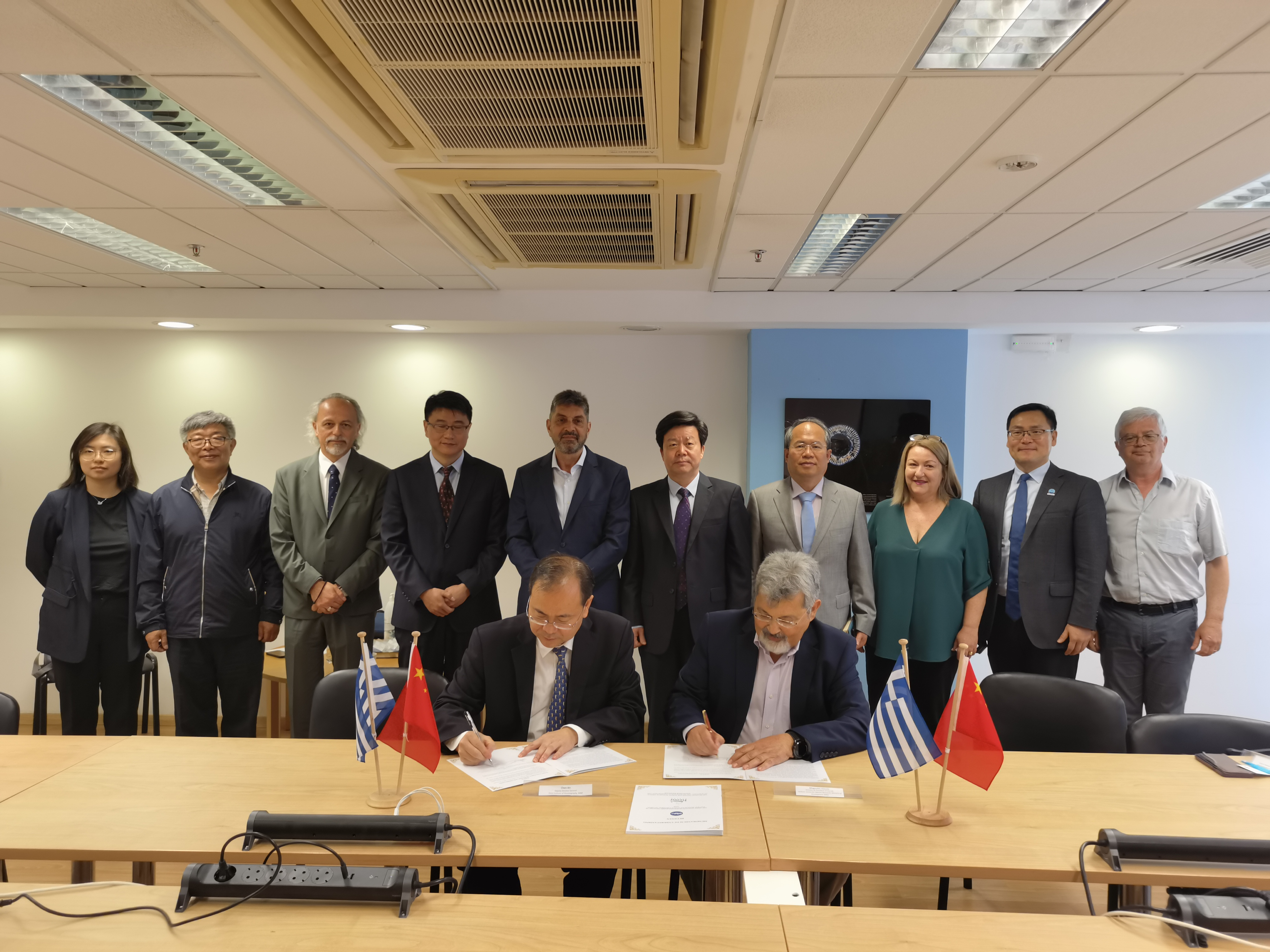
New Progress in the Research of Exploring Blue Carbon Plants to Effectively Reflect the Carbon Capture and Storage Capacity of Marine Ecosystem
Release Time:2020/12/09
Taking advantage of blue carbon (BC) has been one strategy to mitigate and adapt to global climate change through carbon capture and storage (CCS) in both living and non-living biomass. BC strategies so far have mainly focused on angiosperm-dominated coastal ecosystems, including seagrasses, saltmarshes, and mangroves. These traditional BC plants sequester more than 50% of the carbon in ocean sediments although they cover less than 2% of the global ocean area.
The highlight here is that the current BC definition is limiting effective carbon capture actions and should be broadened by the incorporation of other promising marine photosynthetic plants into BC strategies for CCS, such as seaweeds (macroalgae), these plants have been ignored in BC sinks due to an ongoing controversy about whether they represent a net sink for CO2. Scientists from the Third Institute of Oceanography, Ministry of Natural Resources propose an expansion of the BC framework by the incorporation of several new BC plants, including wild/cultured macroalgae, microalgae, and coral reefs, although coral reefs are technically a composite of corals and symbiotic algae. A comparison of CCS capacities between the current and proposed BC plants is given above, showing that the role of the new BC warriors is underestimated in the combat against climate change.
This research achievement was recently published in Cell Press Journal: Trends in Plant Science with the title "Exploring New Blue Carbon Plants for Sustainable Ecosystems". The corresponding author is Xu Chang’an, and the first author is Chen Yimin.
The above research work was supported by China APEC fund and Xiamen ocean development fund.
Article link: https://doi.org/10.1016/j.tplants.2020.07.016
-
China Hosts Side Event on the Theme of Blue Citizen at Our Ocean Conference 202404/19/2024
-
APEC Training Workshop on Capacity Building for Blue Citizen successfully conducted in Xiame...09/15/2023
-
APEC Marine Sustainable Development Center participated in 21st APEC Oceans and Fisheries Wo...08/01/2023
-
International Atomic Energy Agency Training Webinar in Tracer Oceanography was held echoing ...06/09/2023
-
Research Progress on the Degradation of Polystyrene by Plastic-eating Marine Benthic Polychaete and their Gut Microbiome04/01/2024
-
Deep-sea Microbial Genetic Resources: New Frontiers for Bioprospecting02/02/2024
-
Progress from marine-derived Fungus01/31/2024
-
Deep-sea bacteria involved plastic biodegradation and microplastic generation01/18/2024
-
New progress in Late Pleistocene sea level change and tectonism control on the formation of the Old Red Sand along the southeastern coast of China01/10/2024
-
Dr. Lin Longshan’s team has made new progress in Antarctic fish biodiversity research12/08/2023

